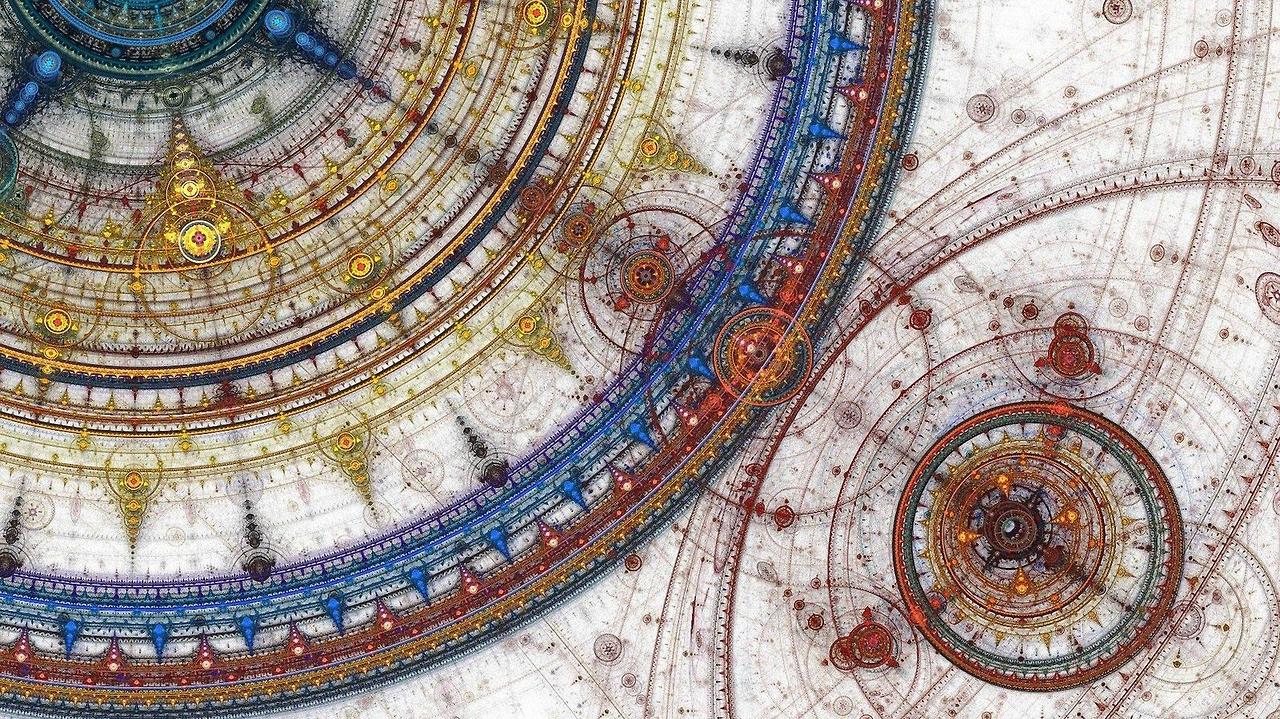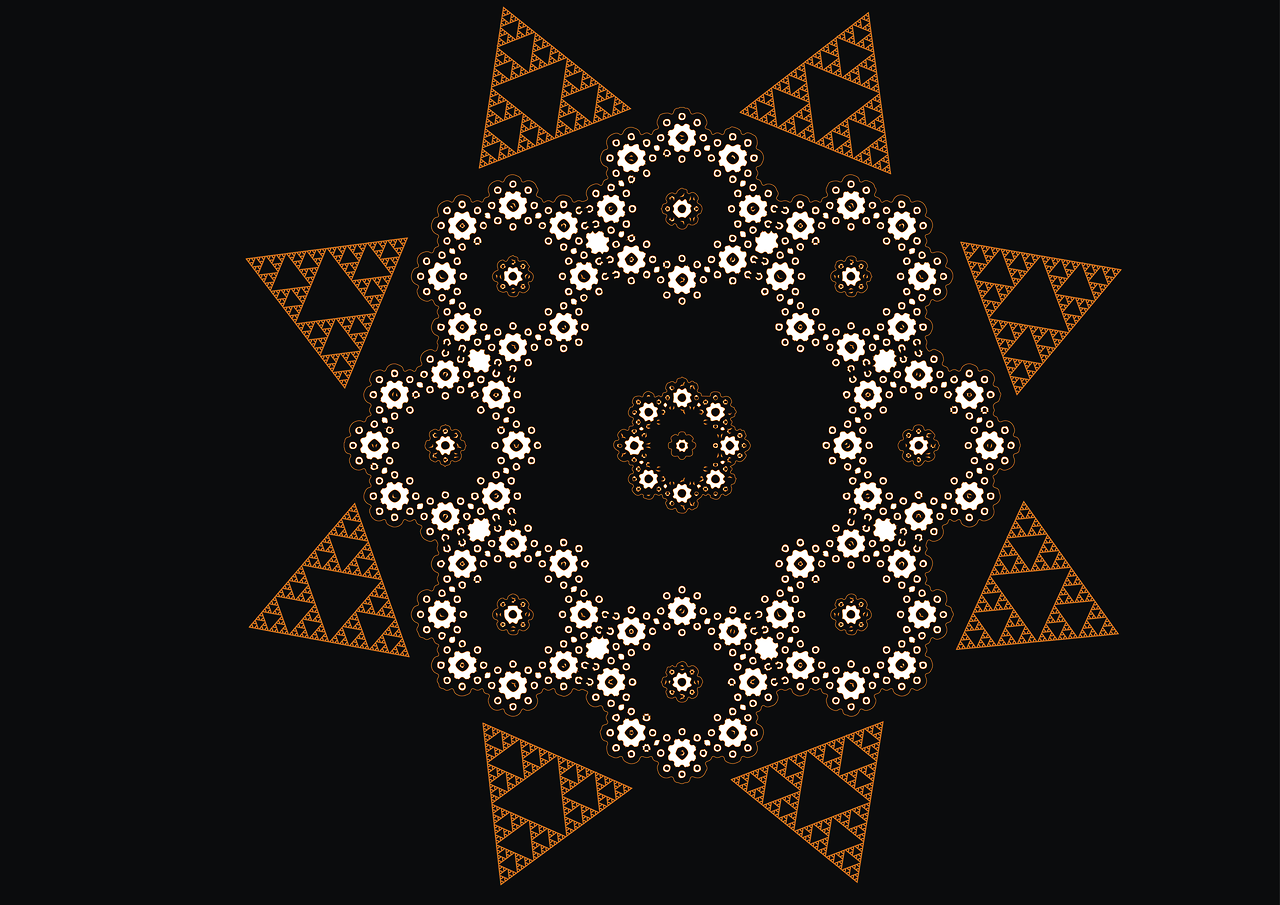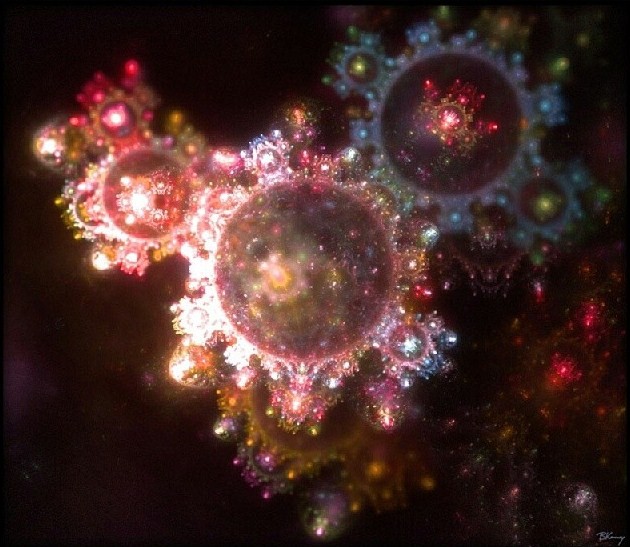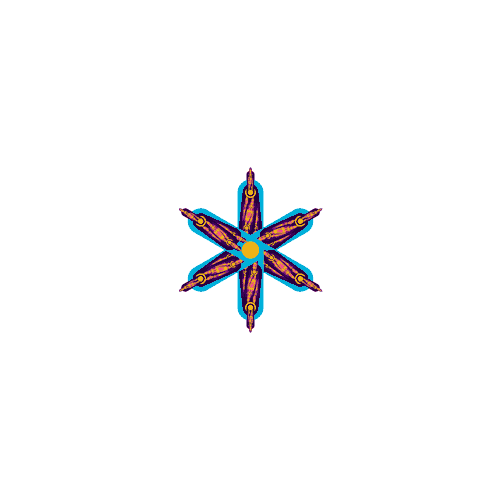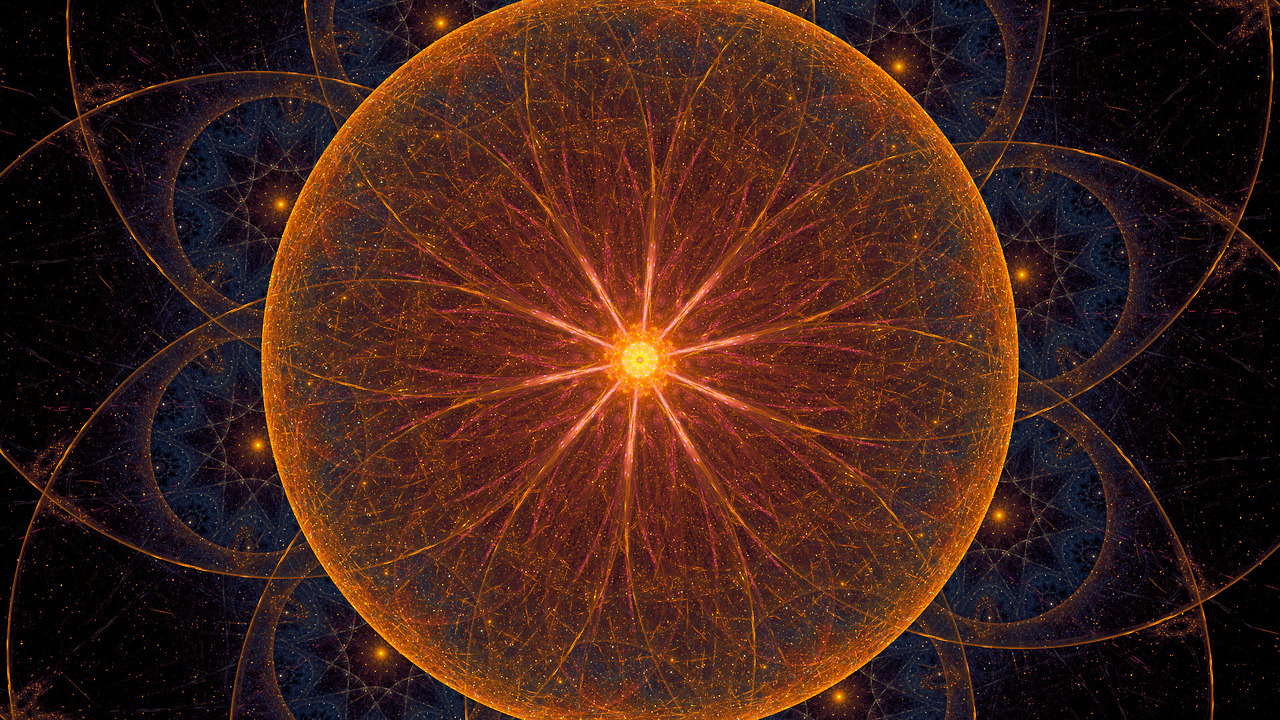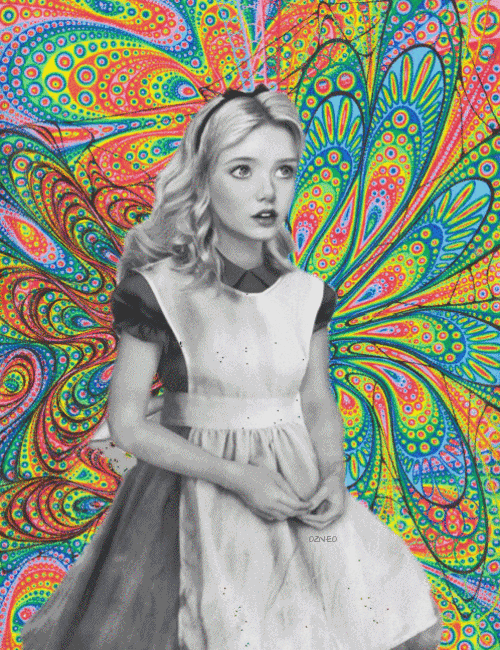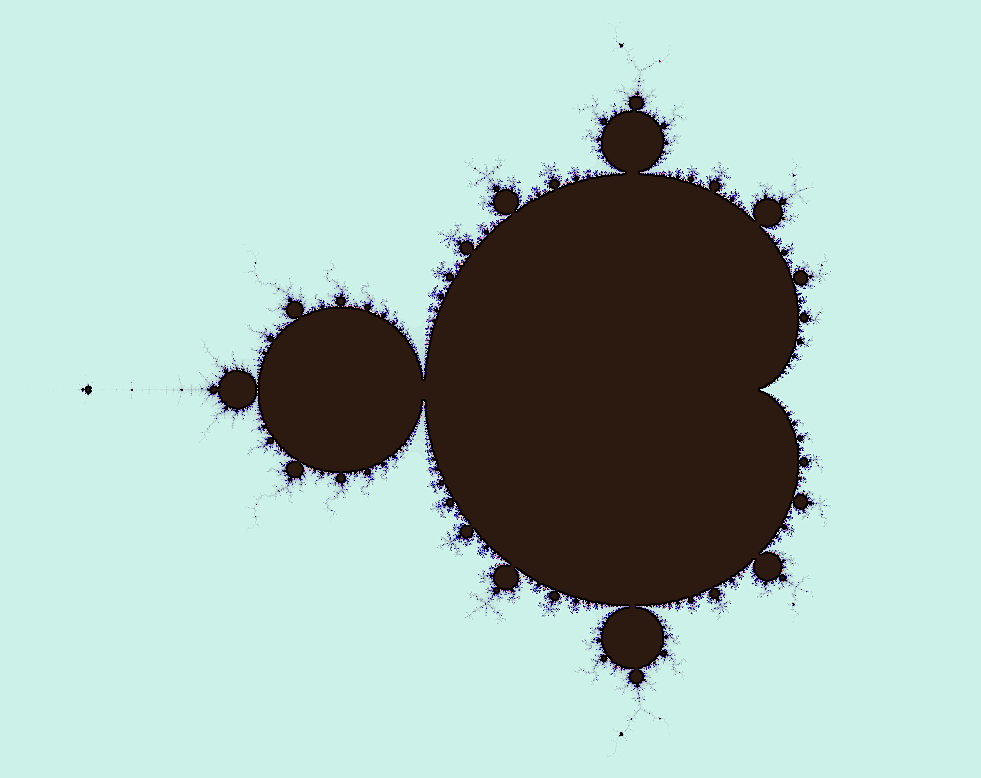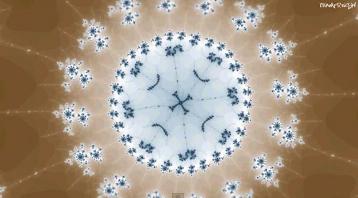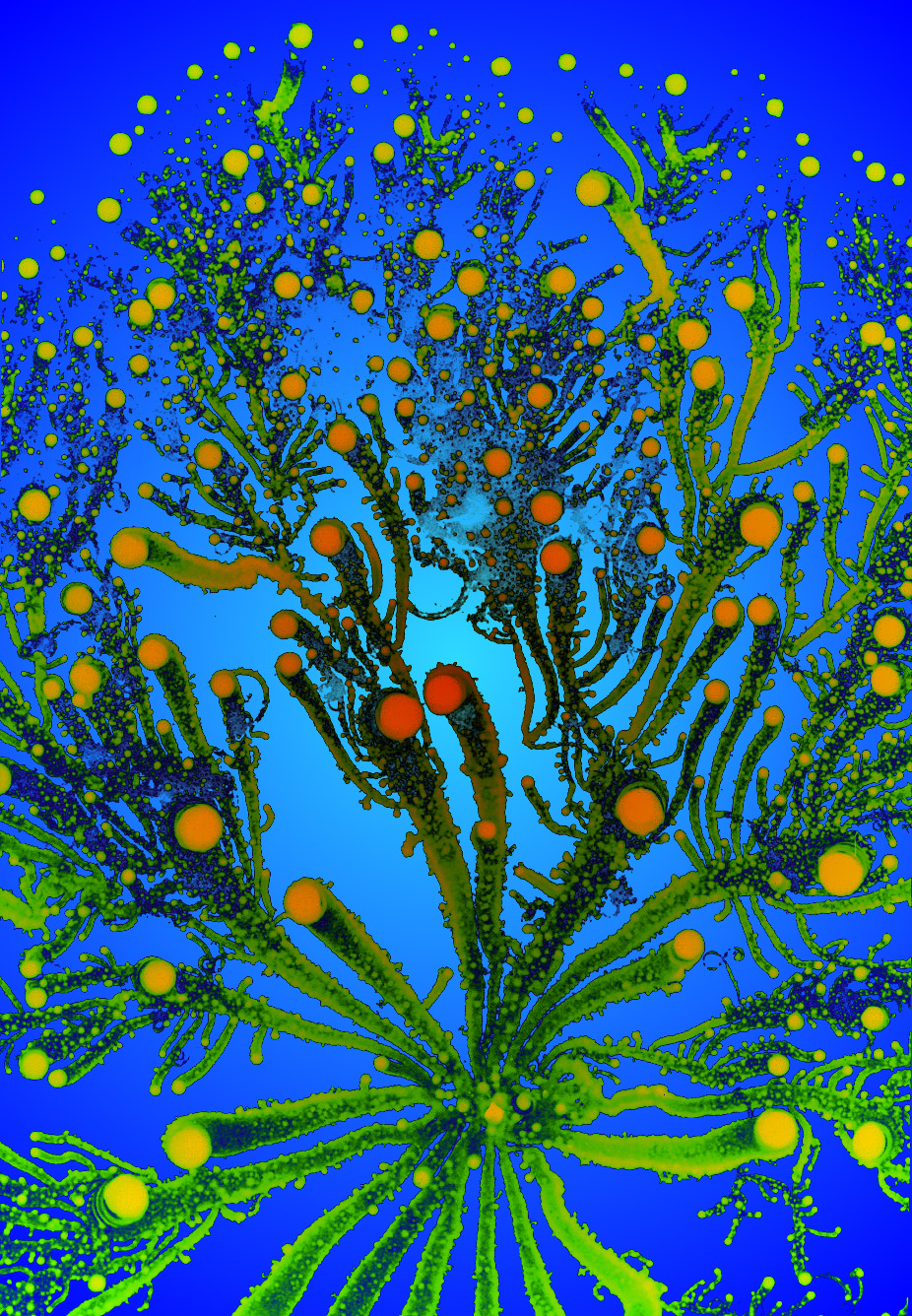
Each bacterium divides every 20 minutes, ultimately forming large colonies consisting of billions of microorganisms.
“The entire colony can be thought of as a big brain, a super brain, that receives signals, processes information and then makes decisions about where to send bacteria and where to continue to expand,” says Ben-Jacob, biological physicist
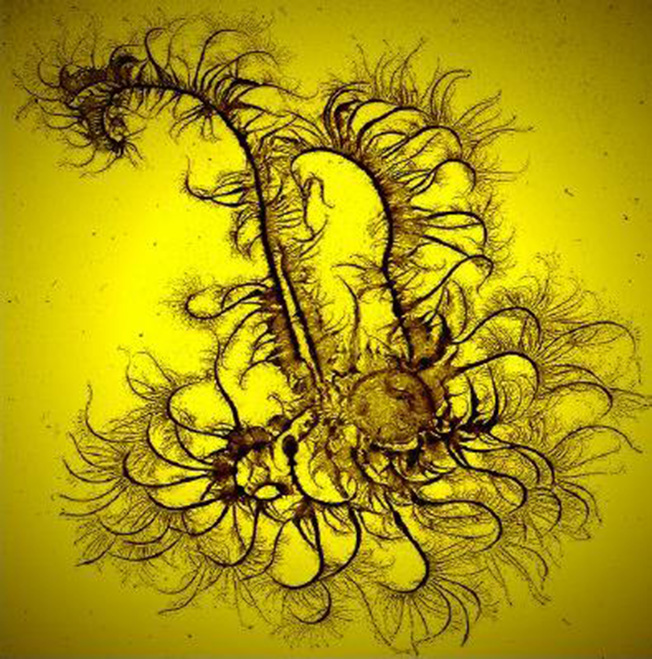
In his lab, Ben-Jacob grew the bacteria in petri dishes and exposed them to different conditions—like temperature swings, for instance—in an attempt to imitate some of the variability in the natural environments where the bacteria grow. The physicist could see how the colony responded to the stress of different variables.
“The idea was very simple,” he explains.”If you want to see their capabilities, you have to expose them to some challenges.”
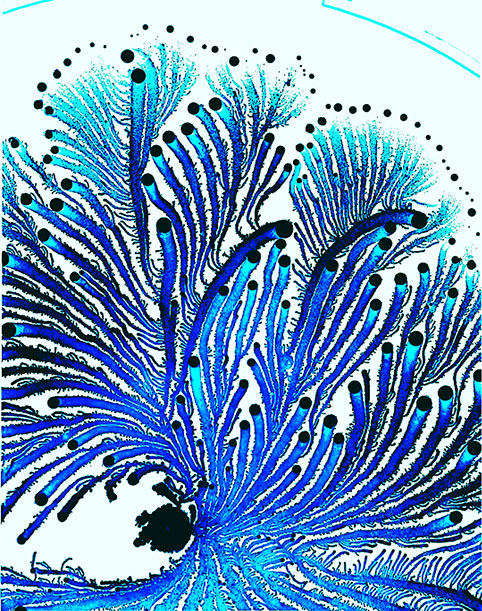
The bacteria, it turned out, communicated with one another in response to these stressors; they secreted lubricants, allowing them to move, and formed elaborate patterns with dots and vine-like branches.
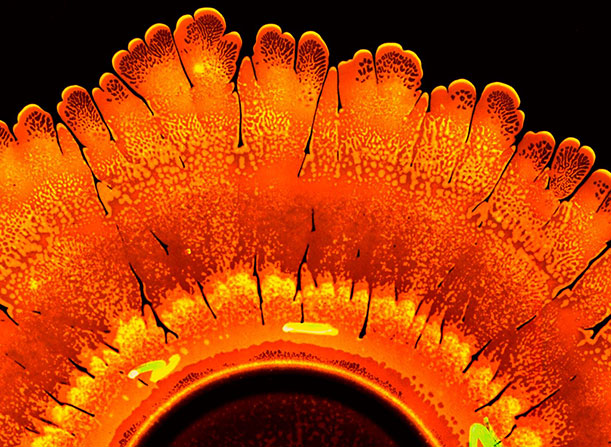
From the first instant he saw a colony, Ben-Jacob called it bacteria art.
”Without knowing anything, you’ll feel the sense that there is drama going on,” he says.
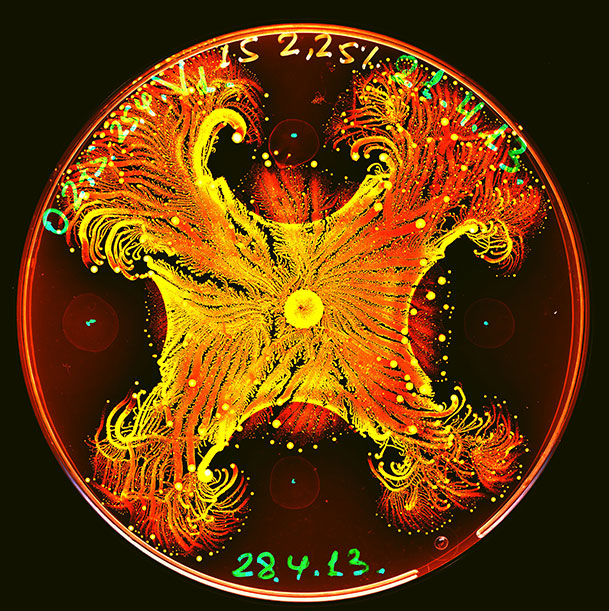
The bacteria are naturally colorless. To make them visible, Ben-Jacob uses a stain called Coomassie blue to dye the microorganisms. The bacteria take on different shades of blue depending on each individual bacterium’s density. Then, working with photographs of the colonies in Photoshop, the scientist translates the blues into a spectrum of any color of his choosing.
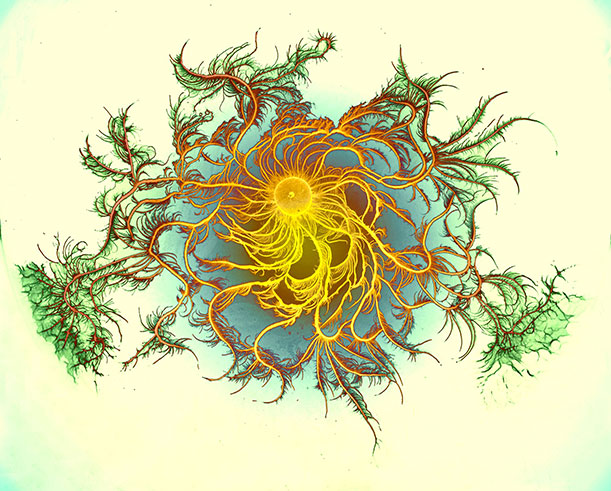
The images have helped him see how bacteria cooperate to meet challenges—bacteria in one part of a colony can sense something in the local environment and send messages to bacteria in other parts of the colony. The bacteria might encounter food, for example, and manage to communicate to other members of the colony that it is present, so that it can be digested.
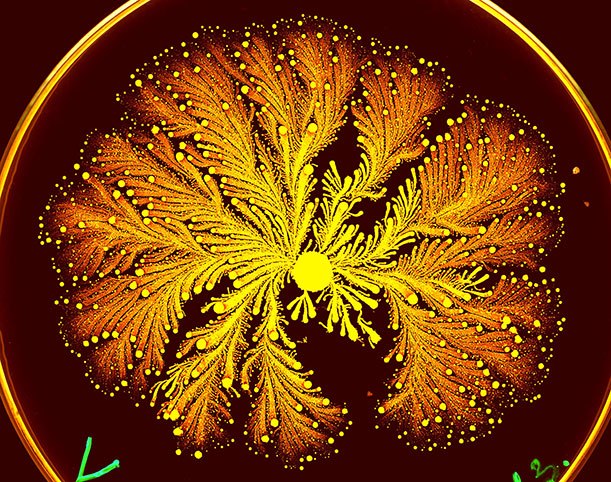
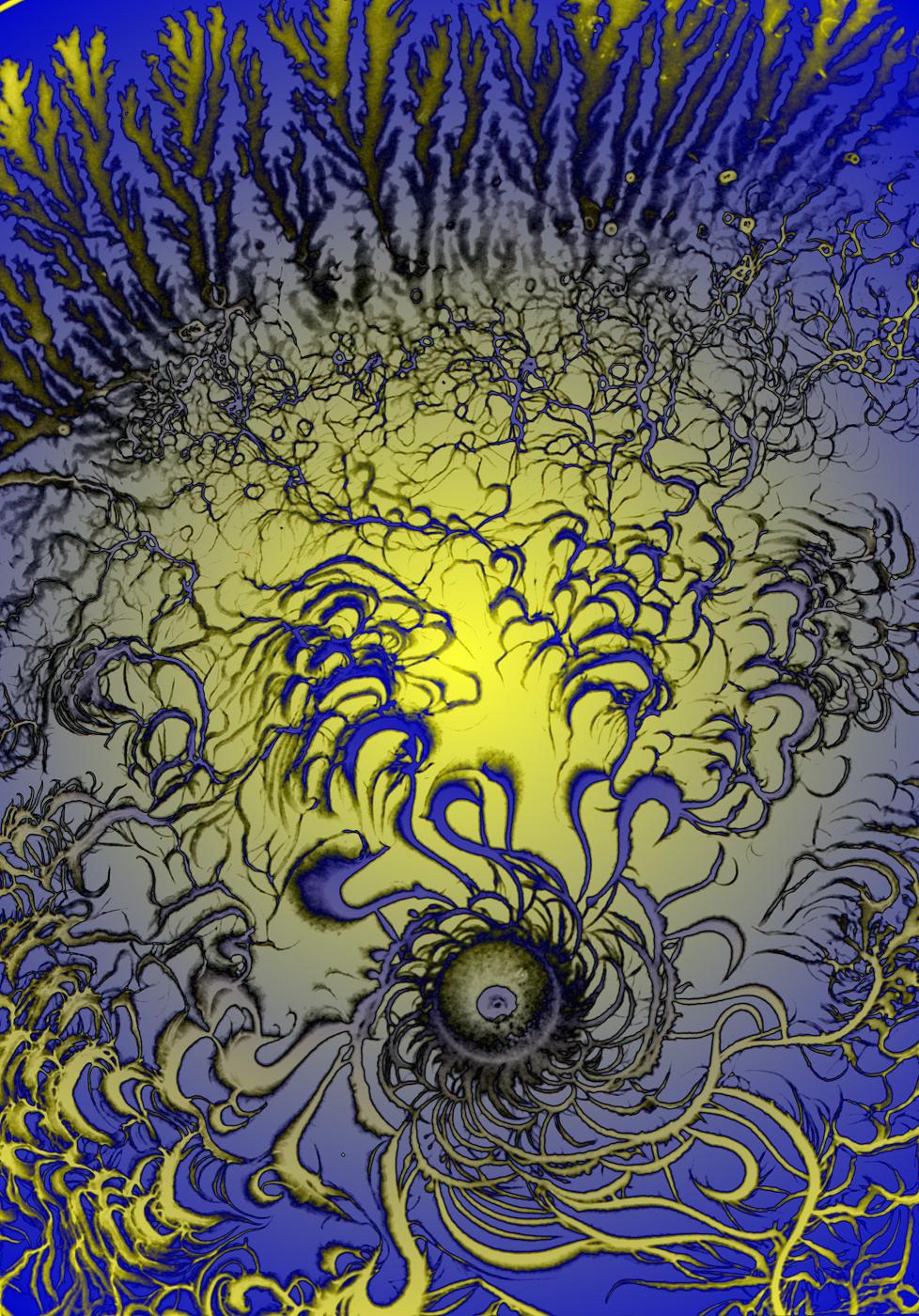
The patterns in Ben-Jacob’s bacteria art are eye-catching and evocative—without knowing how they formed, the brain leaps to the familiar seaweeds, corals, sphagnum moss, feathers—fractal displays that border on the psychedelic.
“The bacteria have to maintain order, but they also have to maintain flexibility, so that when conditions change they can better adapt to the environment,” says Ben-Jacob.
“We have an affinity for things that have the combination of the two, order and disorder. If you analyze classical music, it is the same thing. The things that we really like and are captivated by are things that have this mixture.”
> Colonies of Growing Bacteria Make Psychedelic Art | Smithsonian

